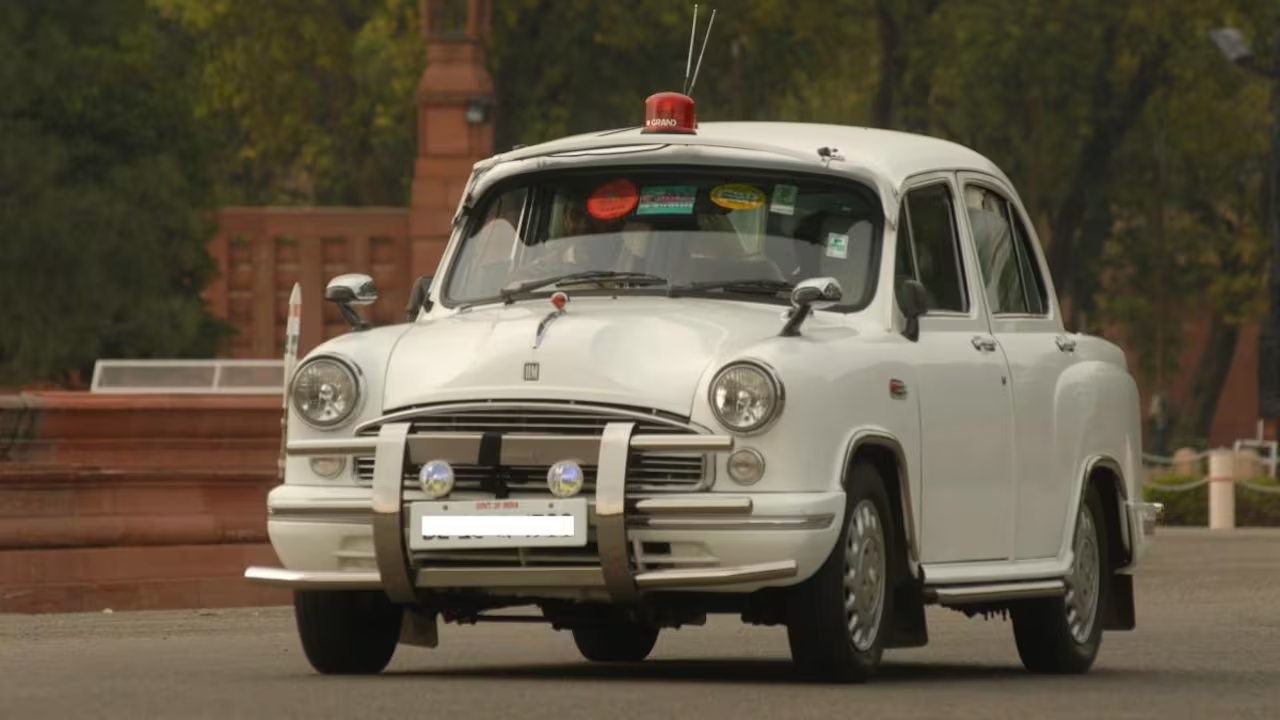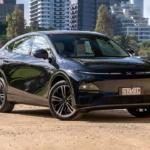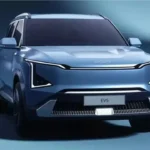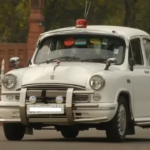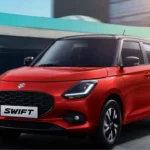Hindustan Motors, once a major player in India’s automotive industry, has struggled to regain its former glory in recent years. The company, which was once synonymous with the iconic Ambassador car, has shown no significant signs of revival despite its historical importance and potential. As India’s automotive market continues to evolve, the lack of momentum from Hindustan Motors raises concerns about its future in the rapidly changing automotive landscape.
Hindustan Motors, founded in 1942, was a household name for decades, particularly due to the Ambassador, which was the preferred choice for Indian families and government officials. However, in recent years, the brand has faced numerous challenges, including declining sales, aging products, and a failure to adapt to the modern automotive trends, particularly the electric vehicle (EV) revolution. The company has largely failed to capitalize on the market’s changing demands and has been relegated to a shadow of its former self.
The Fall of Hindustan Motors
Once a dominant force in India’s automotive industry, Hindustan Motors has seen a steady decline in sales. The company’s flagship model, the Ambassador, which once ruled the roads, has become increasingly outdated. Despite multiple attempts to rejuvenate the brand, including attempts to modernize the Ambassador and introduce new models, the brand has struggled to remain relevant in an increasingly competitive market.
The decline of Hindustan Motors can be traced to several factors. First and foremost, the company failed to keep up with the evolving tastes of consumers. The Ambassador, which was known for its robust design and spacious interiors, was overtaken by more modern, fuel-efficient, and feature-packed cars from competitors. The company’s inability to innovate or introduce new models that appealed to younger generations of car buyers resulted in a steady loss of market share.
Additionally, Hindustan Motors struggled with its manufacturing processes and quality control, leading to a dip in the reputation of its products. As newer and more reliable vehicles from companies like Maruti Suzuki and Hyundai hit the Indian market, Hindustan Motors found it increasingly difficult to compete.
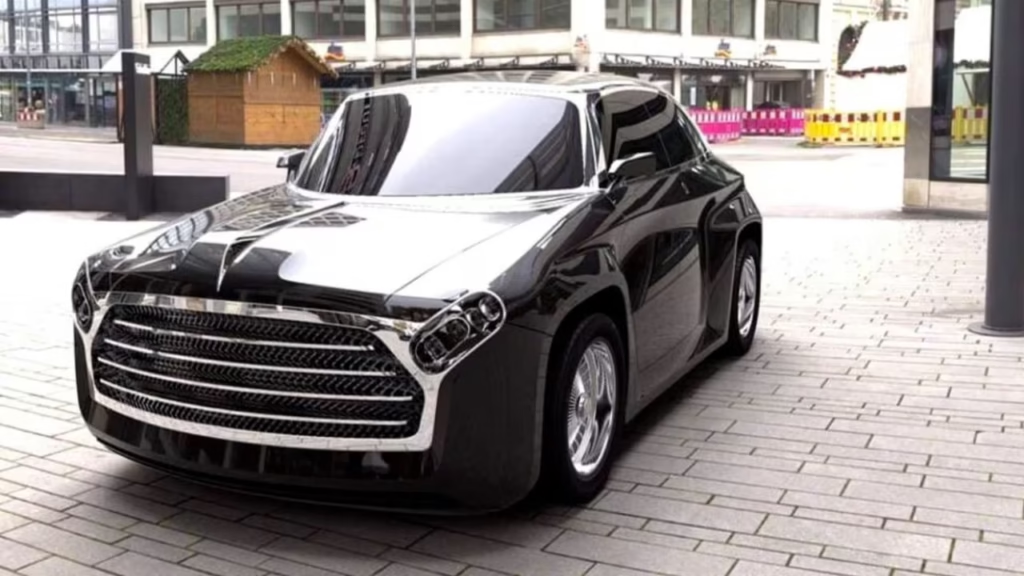
Challenges Hindustan Motors Faces Today
In today’s automotive market, Hindustan Motors faces a multitude of challenges. The company has been slow to adapt to the shift towards electric vehicles, a segment that is rapidly gaining traction globally, especially in India. As car buyers increasingly prioritize sustainability, energy efficiency, and innovation, Hindustan Motors has failed to make its mark in the growing electric vehicle market.
The shift towards electric vehicles is one of the most significant trends in the automotive industry, and companies that fail to address this shift risk becoming irrelevant. While competitors like Tata Motors, Mahindra Electric, and several new EV startups are already investing heavily in electric mobility, Hindustan Motors has remained largely absent from the electric revolution. Its lack of investment in EV technologies and infrastructure leaves the brand vulnerable in the face of a rapidly evolving market.
Another challenge facing Hindustan Motors is the changing nature of consumer preferences. The demand for smaller, more fuel-efficient, and feature-packed cars has grown significantly in recent years. With the rise of compact sedans, hatchbacks, and SUVs, Hindustan Motors has struggled to update its product lineup to meet these new demands. The company has failed to produce cars that align with the preferences of today’s tech-savvy, environmentally-conscious consumers.
The End of an Era?
Hindustan Motors’ inability to modernize its vehicles and embrace the electric vehicle trend has made it increasingly difficult to maintain its relevance in the industry. The lack of innovation and failure to deliver products that resonate with today’s buyers has made it nearly impossible for the company to recover its former market position.
Despite the brand’s legacy and historical importance, Hindustan Motors has not made any significant moves in recent years to revive itself. The company’s inability to produce a modern, competitive product lineup, combined with a lack of investment in cutting-edge technologies, has placed it in a precarious position.
The rise of new players, especially in the electric vehicle market, has only made it harder for Hindustan Motors to stand out. While companies like Tata Motors have successfully embraced EV technology and introduced affordable electric vehicles that cater to a wide range of consumers, Hindustan Motors has remained stagnant, unable to make a meaningful impact on the automotive industry.
Is There Hope for Hindustan Motors?
Although Hindustan Motors has shown no signs of revival in recent years, it would be premature to completely rule out the brand’s potential. However, the company must undergo a radical transformation if it hopes to survive in today’s competitive market. First, Hindustan Motors must shift its focus toward sustainability and electric mobility. By investing in research and development, the company could position itself as a player in the growing electric vehicle segment.
Furthermore, Hindustan Motors will need to address its outdated image. The company must rebrand itself and appeal to younger, tech-savvy consumers who demand more than just a traditional car. Modern, stylish designs, advanced technological features, and eco-friendly alternatives will be key to winning back market share.
Finally, strategic partnerships or collaborations with technology companies or automotive giants could provide Hindustan Motors with the expertise and resources it needs to innovate and bring new products to market. By joining forces with established players, the brand could leverage external knowledge and experience to revitalize its portfolio.
Conclusion: The Path Ahead for Hindustan Motors
Hindustan Motors’ decline is a reflection of its failure to evolve with the changing automotive landscape. While the brand’s legacy remains important, the company’s reluctance to embrace new technologies, particularly in the electric vehicle sector, has left it struggling to find its place in today’s market. Without significant changes to its approach, it’s unlikely that Hindustan Motors will make a successful comeback.
For Hindustan Motors to have a chance at revival, it will need to innovate and adapt to the demands of the modern consumer. The future of the brand depends on its ability to pivot toward sustainability, introduce new and exciting products, and rebuild its reputation as a relevant player in the Indian automotive market. Until then, it appears that Hindustan Motors will remain a shadow of its former self, struggling to regain the momentum it once had.
